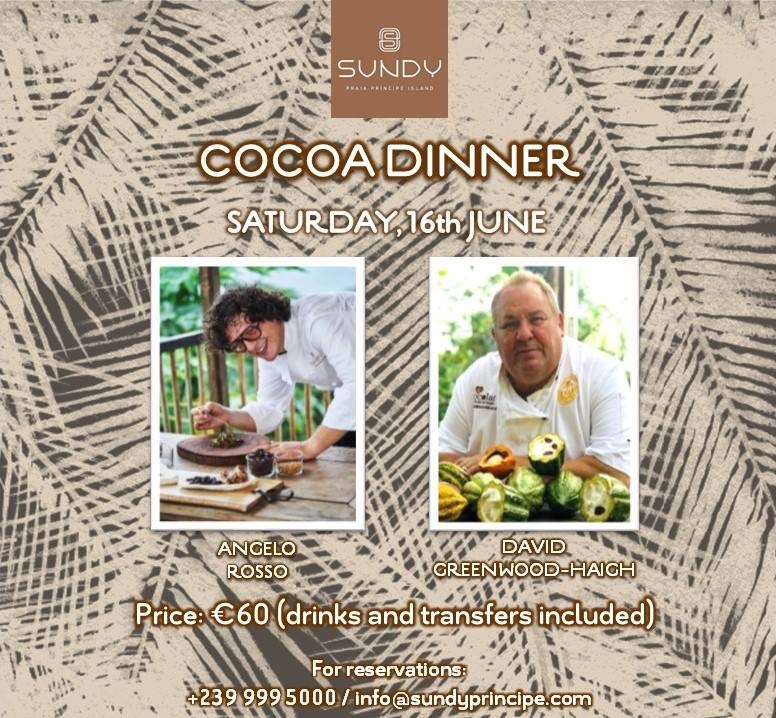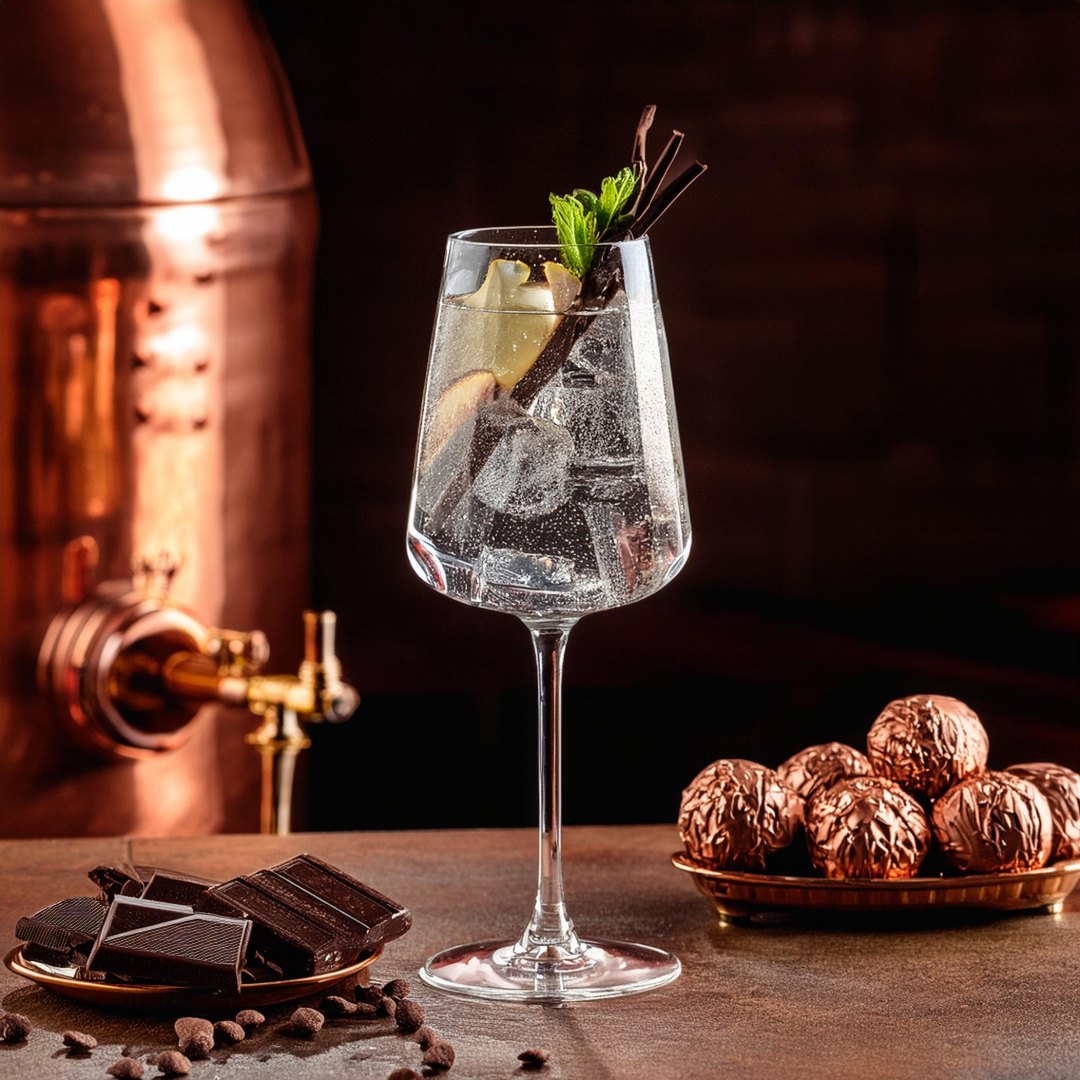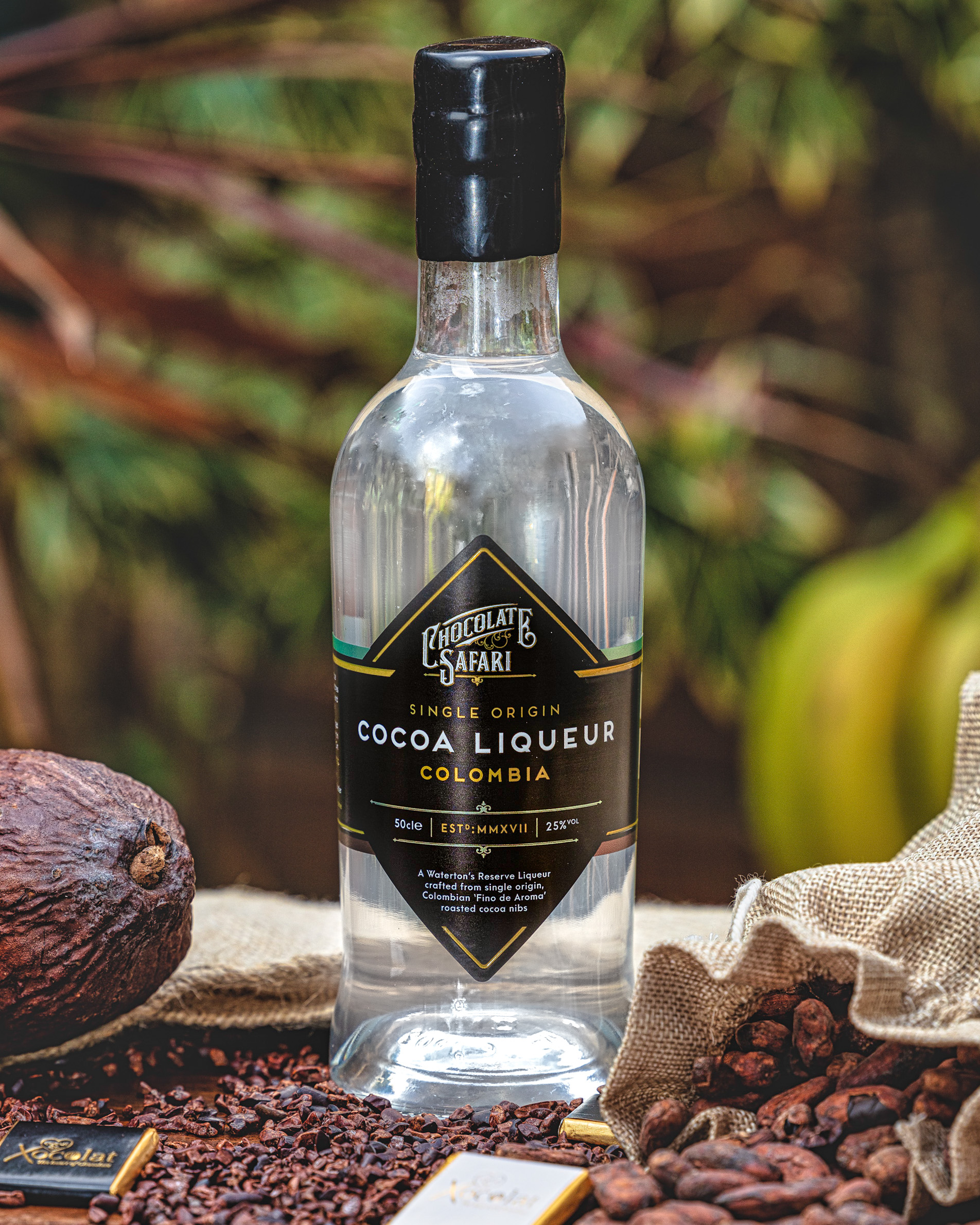 Under colonial rule, cocoa production was organised into estates known as roças. After gaining independence in 1975, a lack of investment and plummeting global cocoa prices led to a decline in São Tomé’s cocoa industry. Today, many roças are derelict and overgrown, with cocoa trees struggling under too much shade or in desperate need of pruning. A striking example is Poto Royale, where the rapid encroachment of the forest is evident within a year.In 1822, the Portuguese settled these then-uninhabited islands, bringing slaves and Amelonado Forastero cocoa saplings from Brazil. They planted and nurtured these saplings, establishing a foothold in cocoa cultivation. From São Tomé and Príncipe, cocoa spread to Nigeria, Ghana, and the Ivory Coast by 1913. These two small African countries once became the world's largest producers of cocoa, earning the title "The Chocolate Islands."When HBD invited me to visit the twin islands of São Tomé and Príncipe, my immediate reaction was an enthusiastic "YES!" followed by a curious "Where is it?" A quick search revealed that São Tomé and Príncipe, officially the Democratic Republic of São Tomé and Príncipe, is an island nation in the Gulf of Guinea, off the western equatorial coast of Central Africa. The two islands are about 140 kilometres apart and approximately 250 and 225 kilometres off the northwestern coast of Gabon, respectively.
Under colonial rule, cocoa production was organised into estates known as roças. After gaining independence in 1975, a lack of investment and plummeting global cocoa prices led to a decline in São Tomé’s cocoa industry. Today, many roças are derelict and overgrown, with cocoa trees struggling under too much shade or in desperate need of pruning. A striking example is Poto Royale, where the rapid encroachment of the forest is evident within a year.In 1822, the Portuguese settled these then-uninhabited islands, bringing slaves and Amelonado Forastero cocoa saplings from Brazil. They planted and nurtured these saplings, establishing a foothold in cocoa cultivation. From São Tomé and Príncipe, cocoa spread to Nigeria, Ghana, and the Ivory Coast by 1913. These two small African countries once became the world's largest producers of cocoa, earning the title "The Chocolate Islands."When HBD invited me to visit the twin islands of São Tomé and Príncipe, my immediate reaction was an enthusiastic "YES!" followed by a curious "Where is it?" A quick search revealed that São Tomé and Príncipe, officially the Democratic Republic of São Tomé and Príncipe, is an island nation in the Gulf of Guinea, off the western equatorial coast of Central Africa. The two islands are about 140 kilometres apart and approximately 250 and 225 kilometres off the northwestern coast of Gabon, respectively.
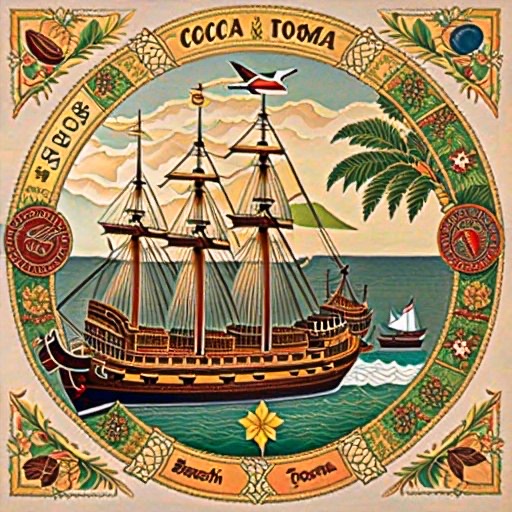
Under colonial rule, cocoa production was organised into estates known as roças.
After gaining independence in 1975, a lack of investment and plummeting global cocoa prices led to a decline in São Tomé’s cocoa industry.
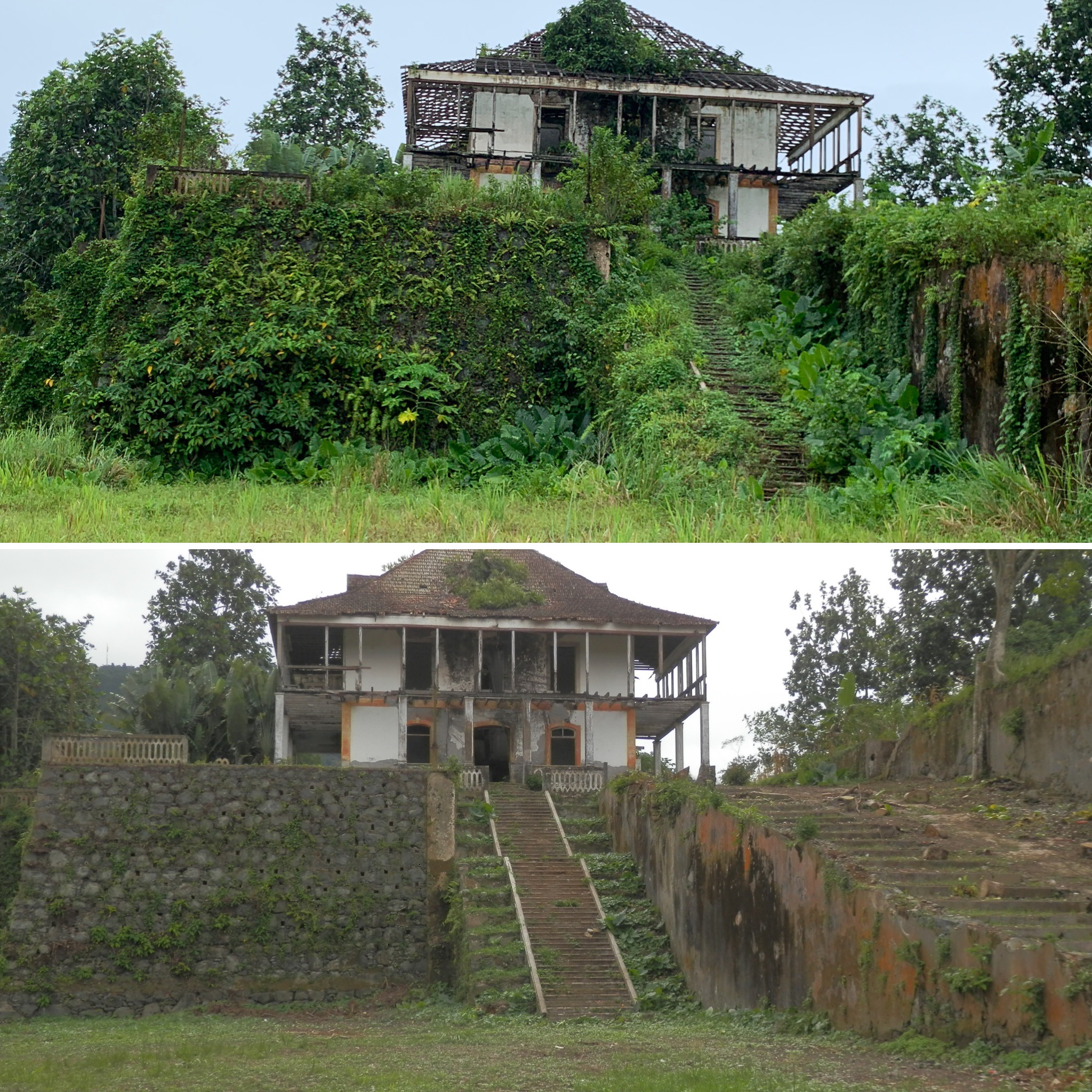
Today, many roças are derelict and overgrown, with cocoa trees struggling under too much shade or in desperate need of pruning. A striking example is Poto Royale, where the rapid
encroachment of the forest is evident within a year.
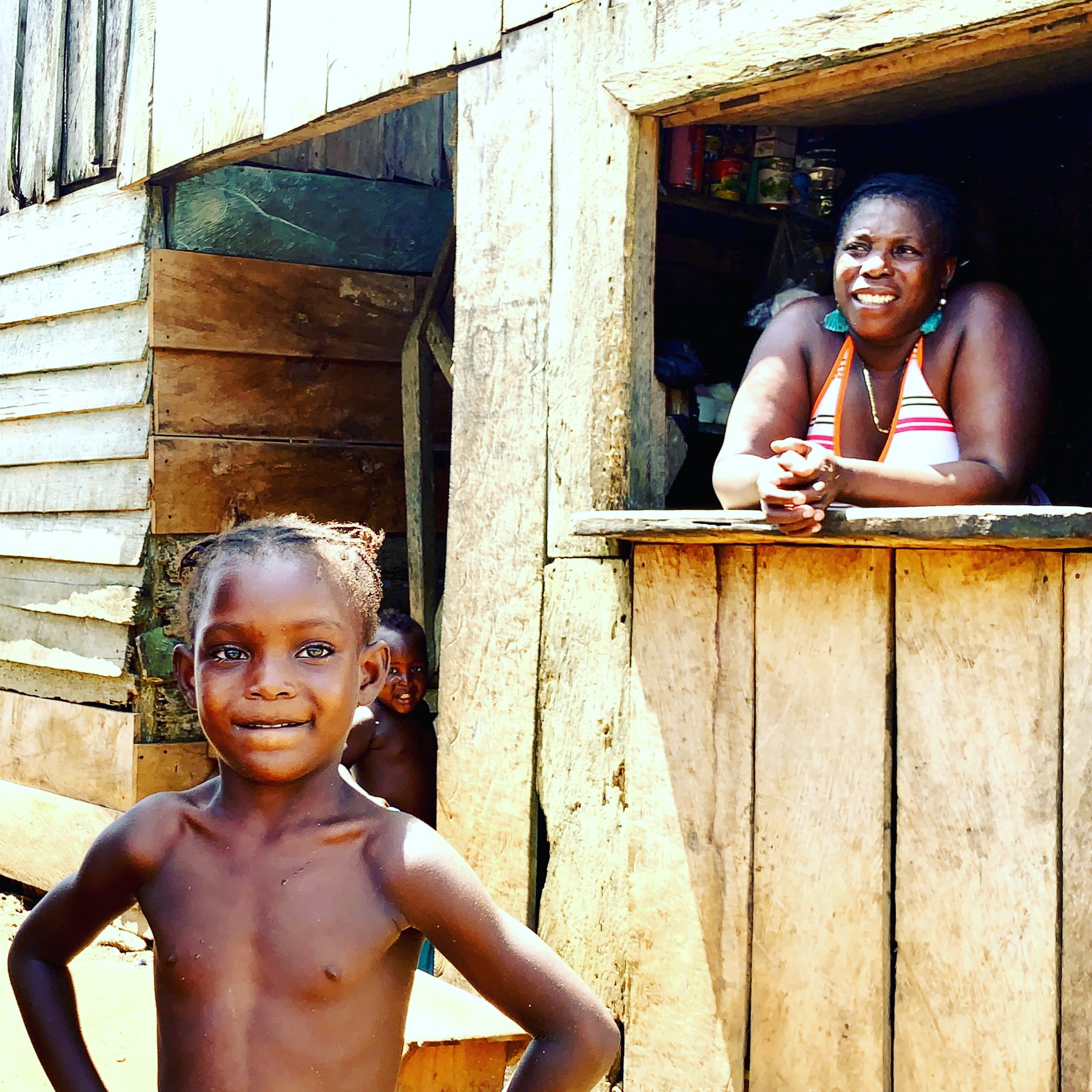 The roças were more than work places, they were like small towns with homes, schools, and hospitals.
The roças were more than work places, they were like small towns with homes, schools, and hospitals.
In 2012, the whole island was designated a Unesco Bio Reserve, sparking a revival in São Tomé and Príncipe’s cocoa industry
On Principé Island, South African IT billionaire and astronaut Mark Shuttleworth’s HBD Group has been investing in sustainable tourism with a small chain of hotels and agriculture. Establishing a small chain of hotels and promoting agricultural development. The cocoa trees on the island, descendants of the original Amelonado Forastero plants, offer the potential to produce heritage, single-origin, limited-yield superior cacao. This land, never exposed to chemicals or pesticides, is naturally organic.HBD invited me to visit the island to advise and train a team of locals to make chocolate on Príncipe for the first time, keeping as much of the value on the island as possible.
HBD invited me to Príncipe to advise and train a local team on making chocolate, aiming to keep as much value on the island as possible. We discovered that Príncipe's volcanic soil produces chocolate with rich, complex flavours, featuring peaks of red and yellow fruits, and notes of apricot, red fruits, citrus, and even hints of tea. Over eight days, we taught a local team how to taste chocolate using all their senses and helped set up a chocolate factory on the Sundy roças grounds, offering guest experiences and tours.
We discovered that Príncipe's volcanic soil produces rich-tasting chocolate, with flavour peaks of red and yellow fruits, has a very intense and complex taste, rich in roasted cocoa notes and with lots of refreshing fruity notes, including apricot, red fruits, citrus, and even hints of tea.
We ran an 8-day tree to bar course teaching a local team how to taste chocolate using all our senses, and helped start to set up a chocolate factory in the Sundy roças grounds, that will offer guest experiences and tours.

President Cassandra of Príncipe visited to learn about our work, meet the team, and present them with their diplomas.
The team now possesses the skills to select, roast, and winnow beans to produce superior cocoa nibs, ready to be transformed into cocoa powder, cocoa butter, cocoa vinegar, roasted cocoa nibs, and couverture for tempering into bars. We are now busy planning phase two.
The Chocolate Safari Cocoa Dinner**
We chefs collaborated to create a six-course cocoa dinner at a five-star resort surrounded by a tropical rainforest teeming with cocoa trees.
Príncipe chocolate pairs beautifully with fruits that have medium to high acidity and sweetness.
Slightly bitter ingredients like walnuts or mild coffees and spices such as Sichuan pepper, which have a tangy effect on the tongue, also create beautiful harmonies.
Dishes served included:
Chocolate cocktails
- Land Crab with a 75% chocolate crab gel and a crab emulsion
- Beef Carpaccio with garlic and cocoa cream
- Fresh Spaghetti with cream cocoa, tomatoes, and basil
- Wagyu Brisket with glazed plantains and cocoa sauce
- Coconut Ice Cream and cocoa praline
- A Trio of Chocolate Desserts to finish
We presented the newly created Gold edition organic Príncipe chocolate, sharing the history of cocoa and demonstrating how to taste using all our senses. The local TV station filmed the event, and the 36 hotel guests loved the interactive taste experience.
At the resort, guests can enjoy breakfast with tropical fruit muesli flecked with crunchy cocoa nibs and a rich chocolate spread emulsified from heritage cocoa.
The resort also offers cocoa-based spa treatments, tree-to-bar cocoa tours, and opportunities to make your own chocolate from beans.
Visitors can savour cocoa-inspired dishes in the restaurant, indulge in cocoa gin and tea, enjoy traditional hot chocolate, participate in cooking demos, and partake in chocolate pairings and tastings.
At the Resort, you can breakfast on tropical fruit muesli flecked with crunchy cocoa nibs and a rich chocolate spread emulsified from heritage cocoa.
Tree to bar cocoa tours
Visit the chocolate factory
Make your own chocolate from beans
Enjoy cocoa inspired dishes in the restaurant
Cocoa gin
Cocoa tea
Traditional Hot chocolate
Cooking demos
Chocolate pairing
Chocolate tastings

